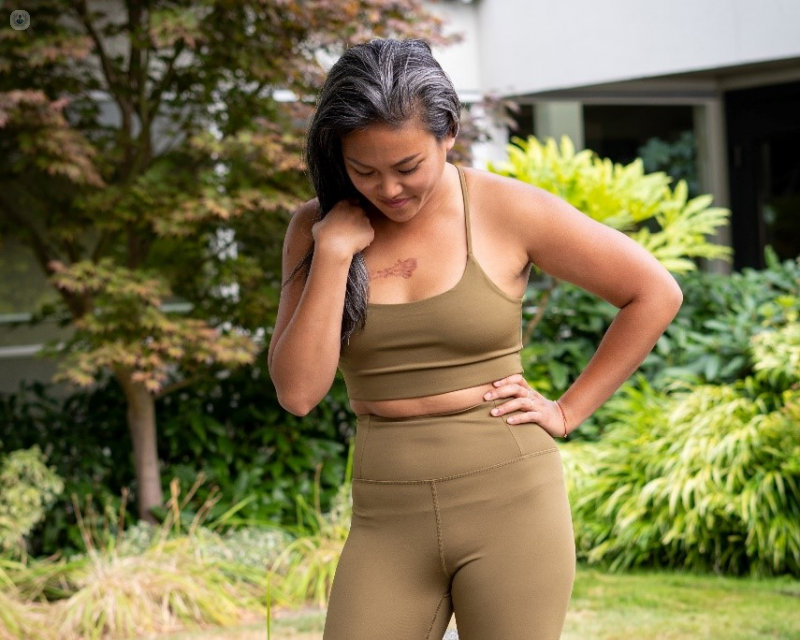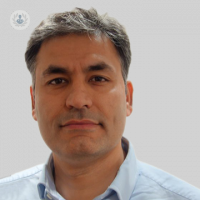Radiotherapy and surgery for keloid scars
Autore:It is widely known that radiotherapy is often used for the treatment of cancer. However, it can also be used for the treatment of benign skin conditions such as keloid scars.

We recently spoke with the highly experienced clinical oncologist, Dr Waqar Saleem, to discuss the symptoms of keloid scars and ways in which they can be managed. Have a read of this article to find out how combining surgery and radiotherapy may be an effective treatment option in some cases.
What are keloid scars and what are their typical features?
Keloids are an overgrowth of scar tissue caused by abnormal wound healing. They are characterised by thick, bumpy growths that can look unpleasant and become infected, bleed or feel itchy. They are more common in people with darker skin and often affect the chest area, arms, or behind the ears after having ears pierced.
What is the treatment process for keloid scars; is it surgery followed by radiotherapy?
Common treatments include surgery alone or injecting steroids into the scar but the keloids often grow back. Combining surgery with a single dose of radiotherapy reduces recurrence by as much as 90% in the first year.
How does radiotherapy complement the surgical removal of keloid scars?
The operation to remove the scar is performed under local anaesthetic followed by radiotherapy, usually within 24 hours of surgery, to reduce the chances of the scar re-growing.
Our plastic surgeons and oncologists at my clinics collaborate closely and everything is on one site. This means a smooth pathway for our patients who are fully assessed to ensure they are suitable for treatment.
How long does it take for these procedures to be completed?
They’re usually completed within a couple of days.
What can be expected from radiotherapy?
Superficial (low energy) radiation targets the surgical scar left after removal of keloid and is usually administered as a single treatment lasting less than 30minutes. However, expect to be in hospital for a few hours to allow for treatment planning.
What is the success rate and are there side effects?
The treatment is straight-forward with a high success rate and low risk of side-effects. It means patients don’t need to have surgery repeatedly for keloids that grow back. Many of our patients at the clinics I work at, have tried other treatments with no success and they are very happy with the cosmetic results we achieve for them.
What aftercare is recommended?
After treatment, patients are followed up by the plastic surgery and oncology teams to check the scarring has not returned.
The itchiness and unsightliness of keloid scars can have a profound impact on our general wellbeing. Would you like to have keloid scars removed? Get in touch with an expert. Click here to book an appointment with Dr Waqar Saleem .



